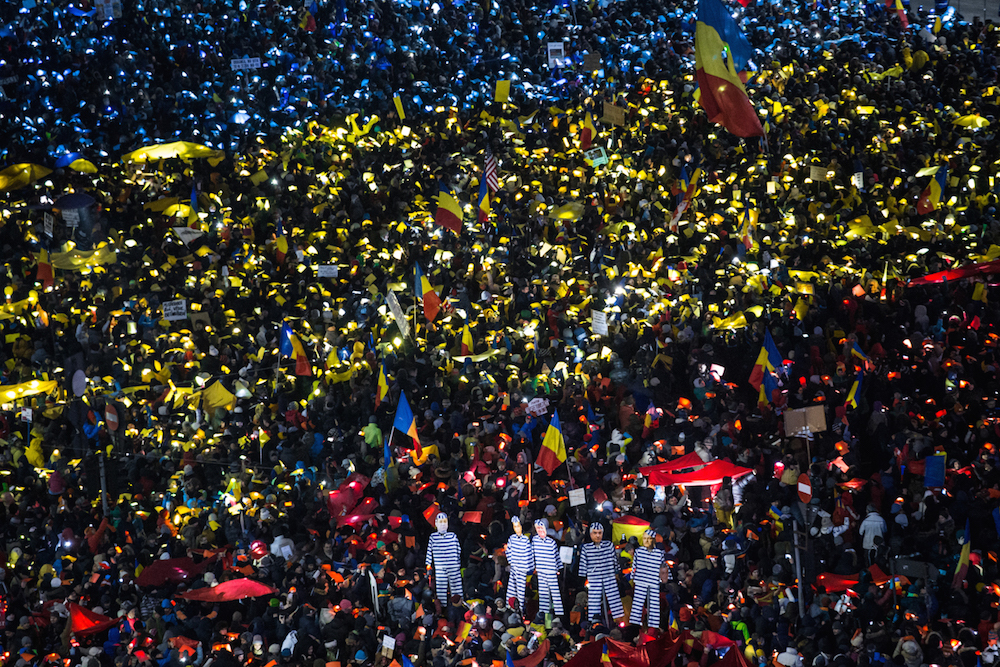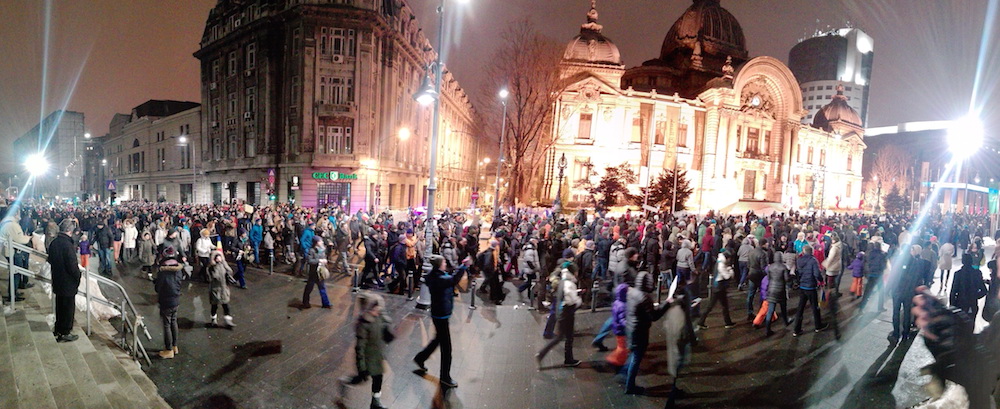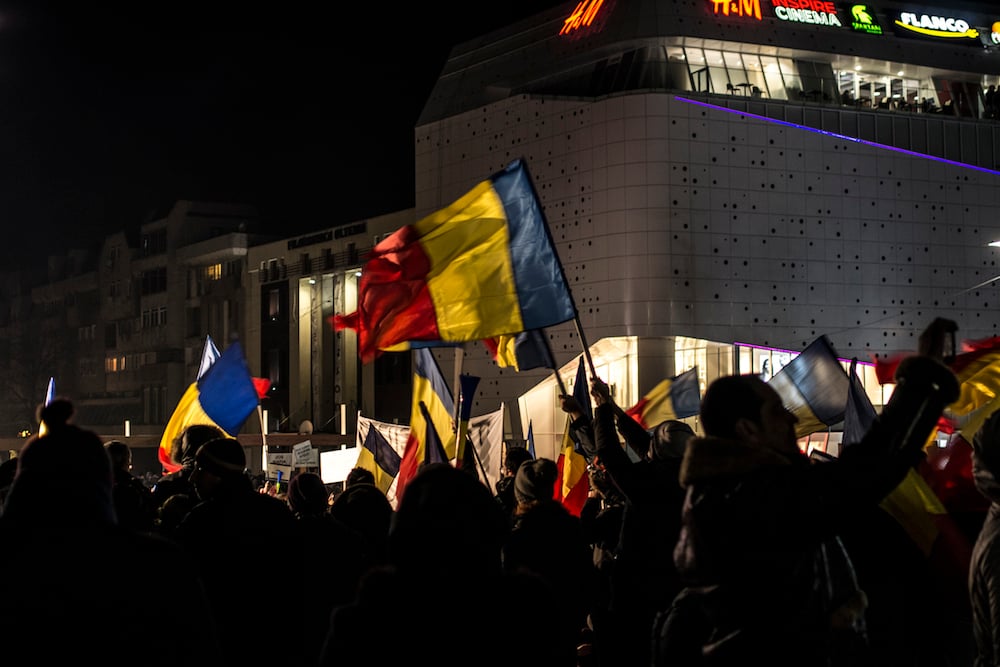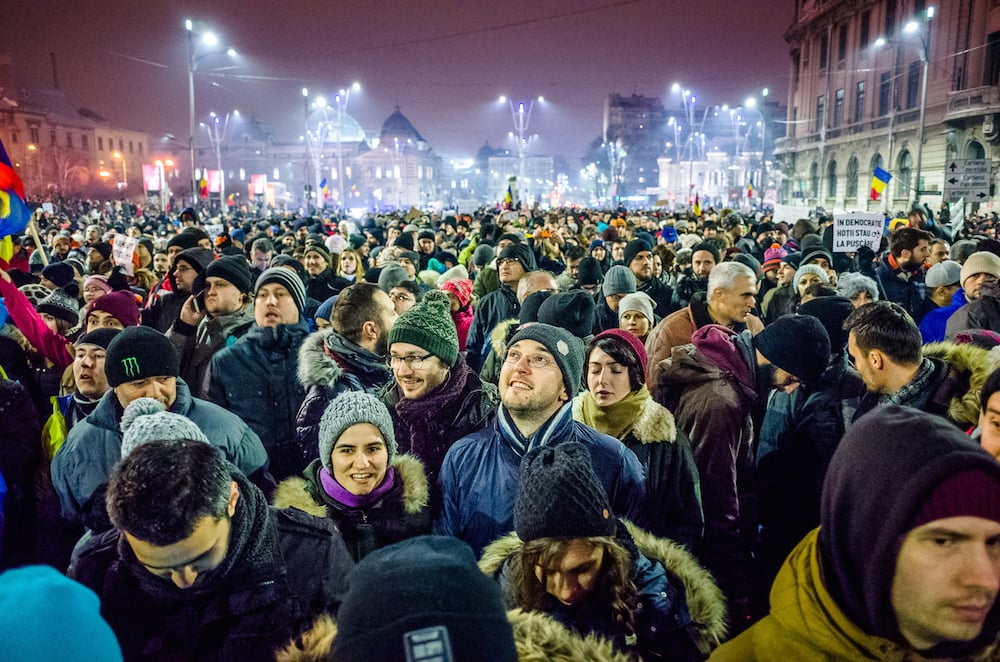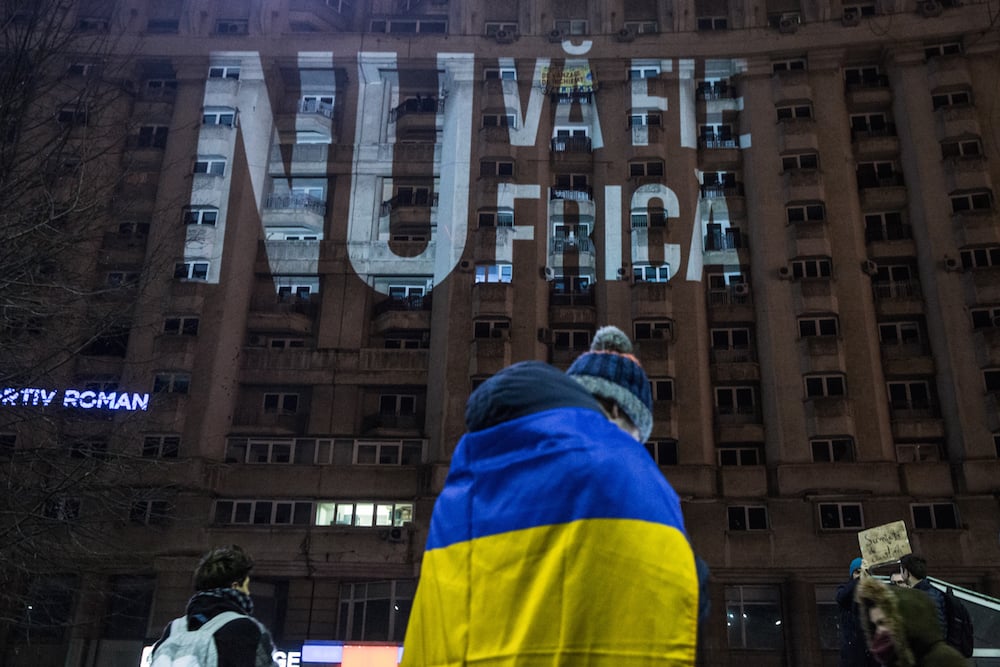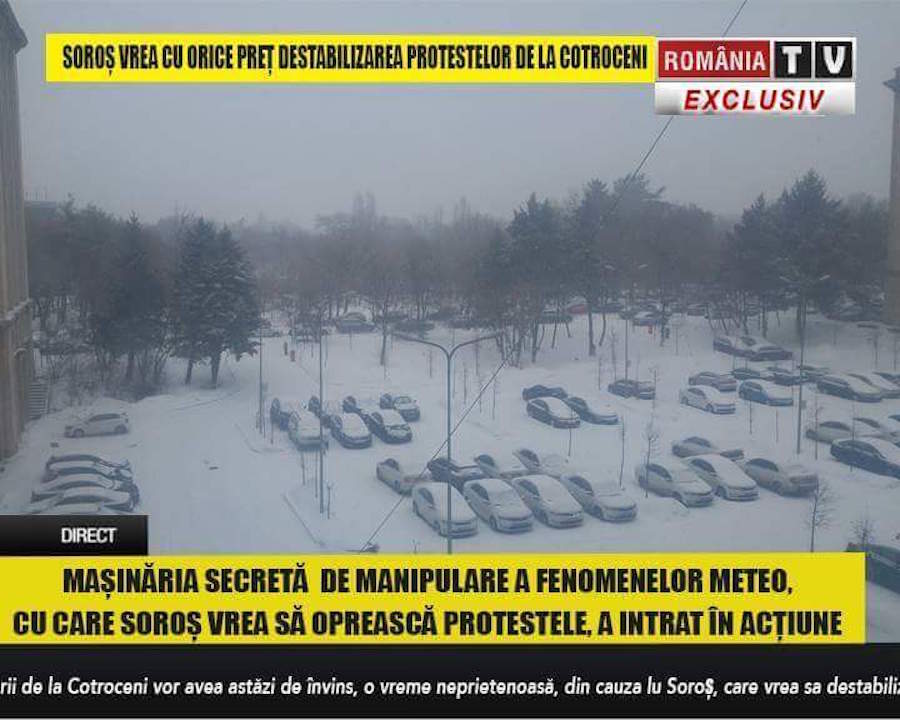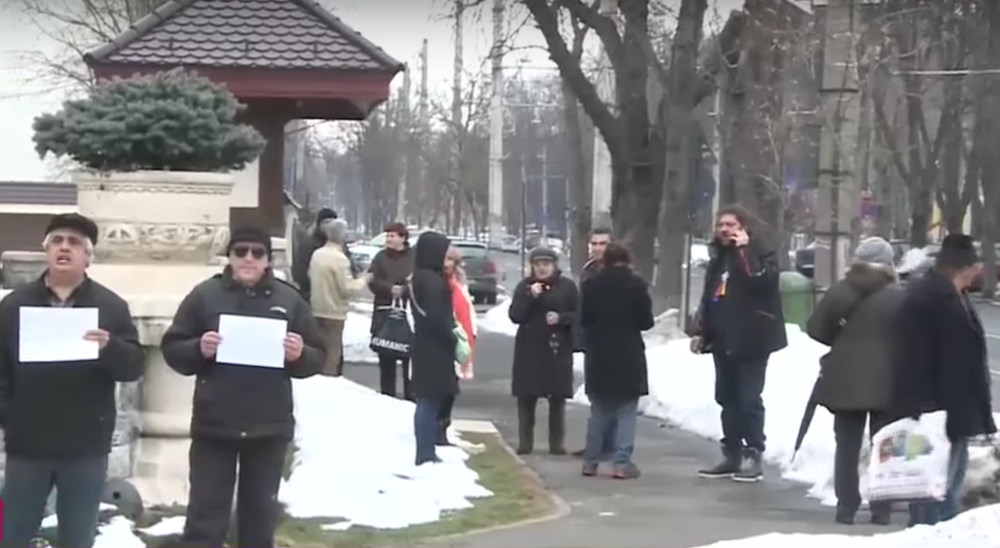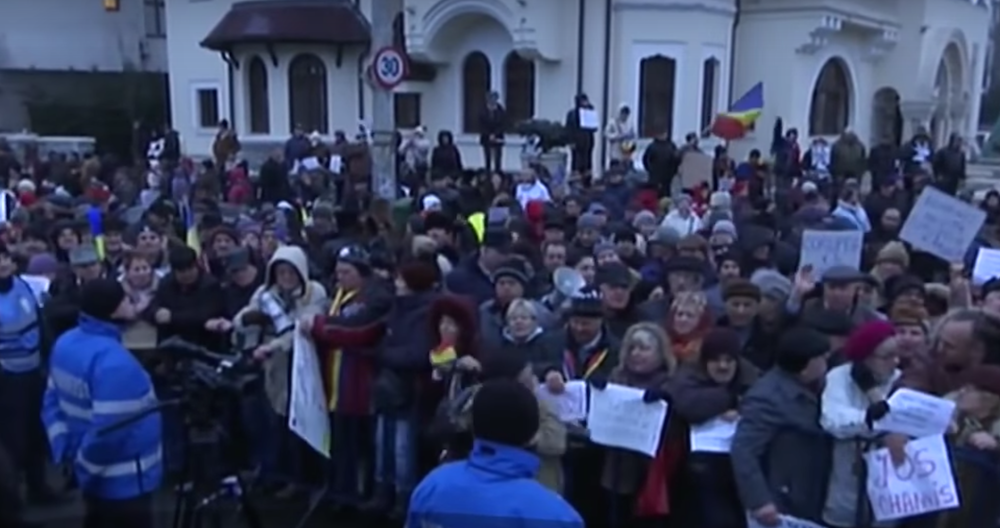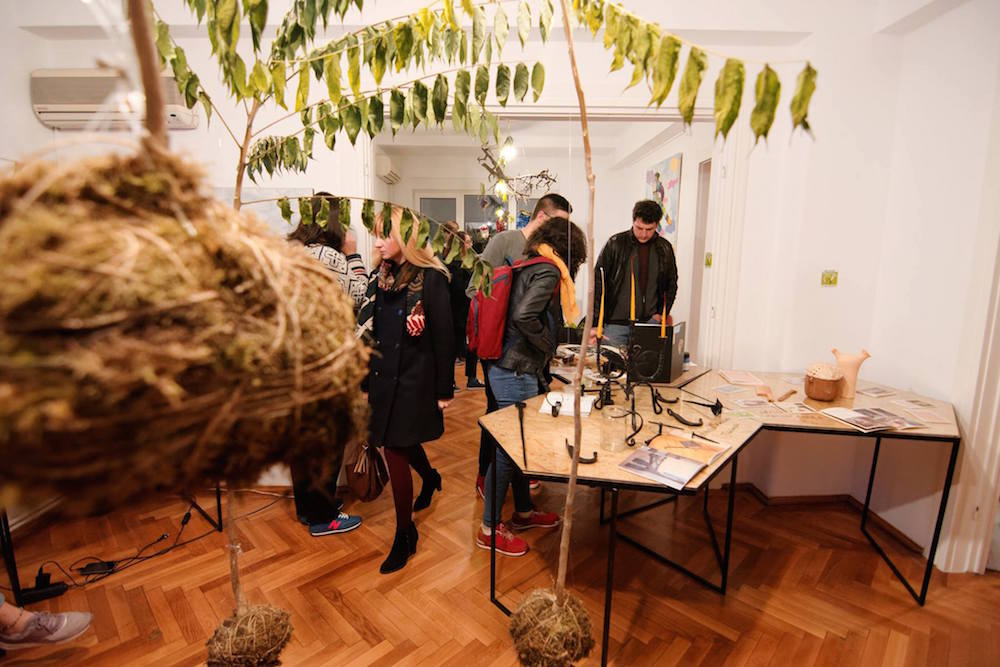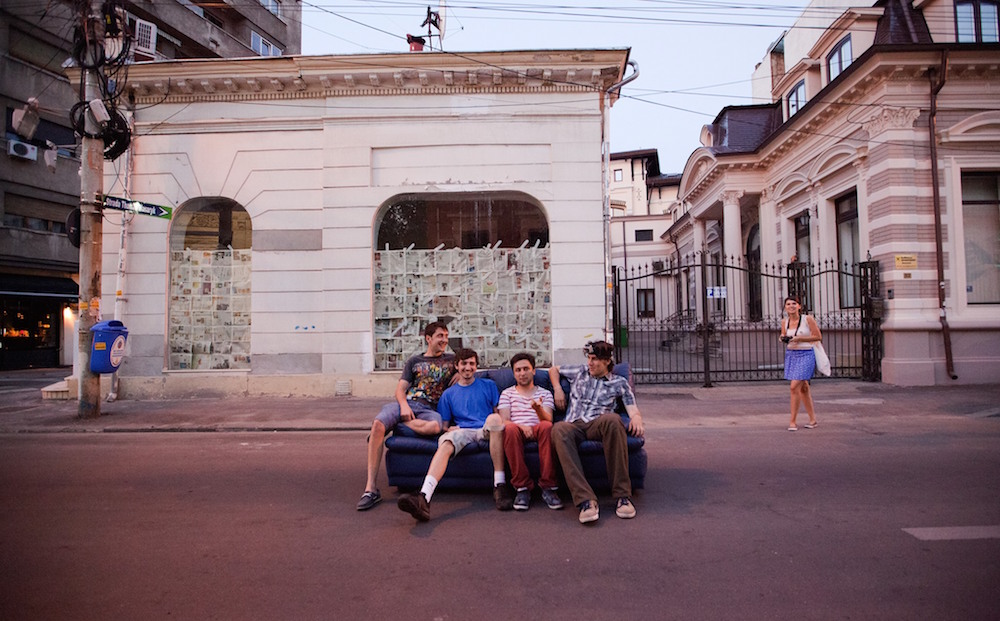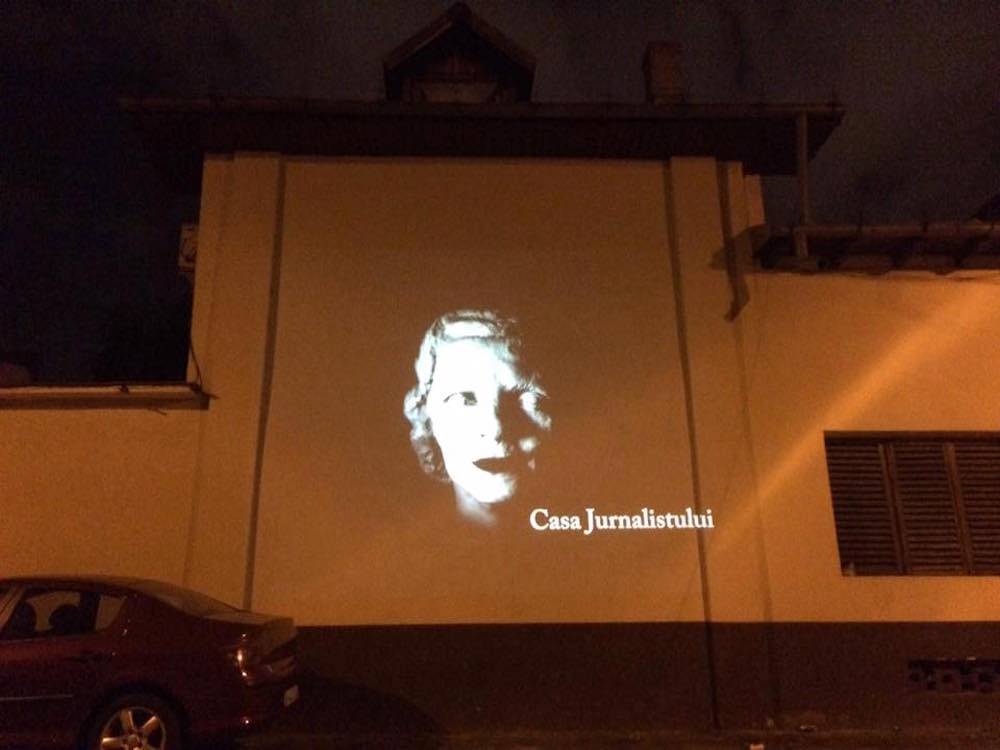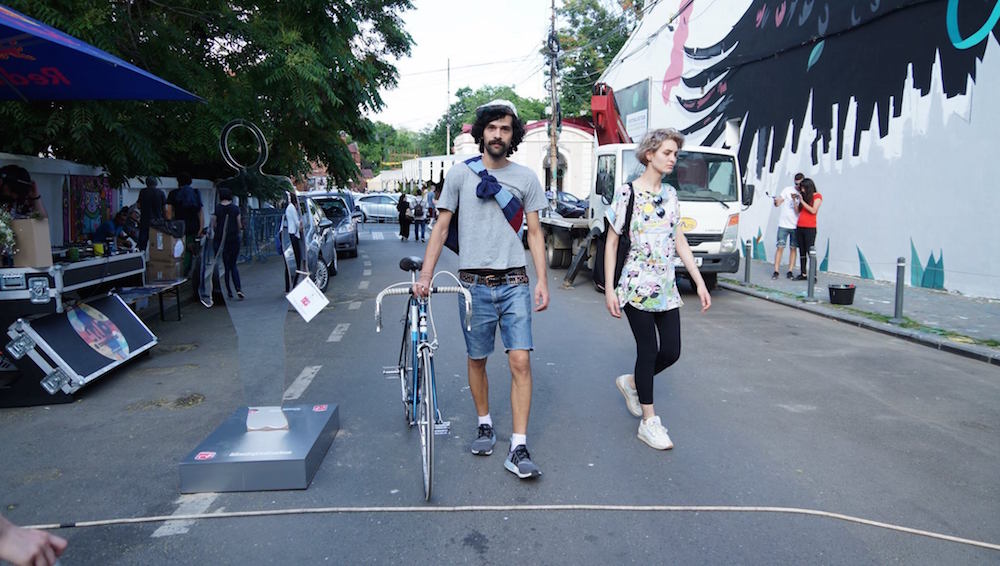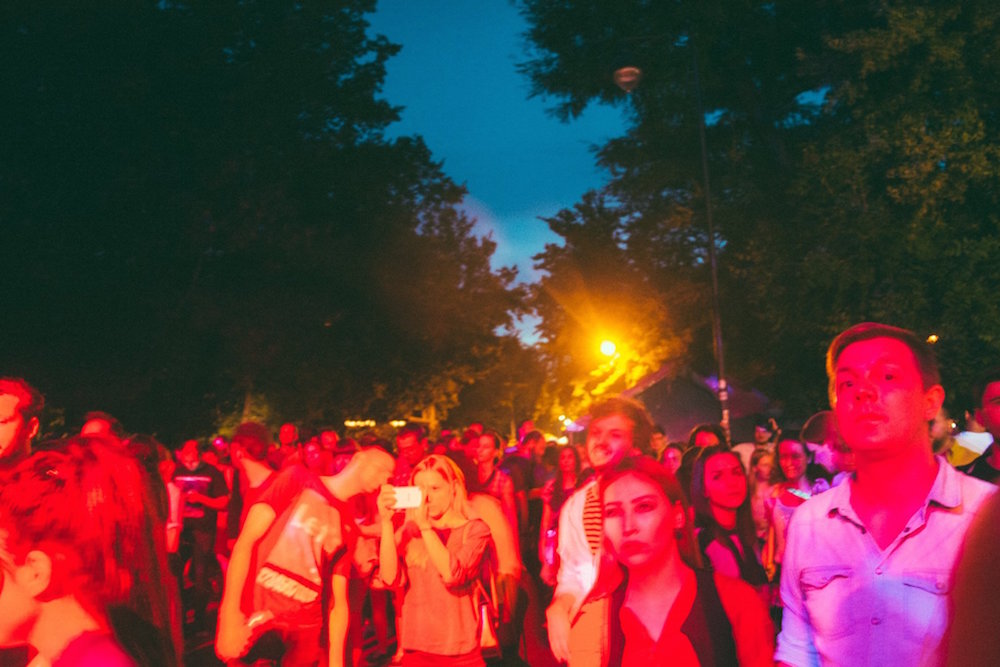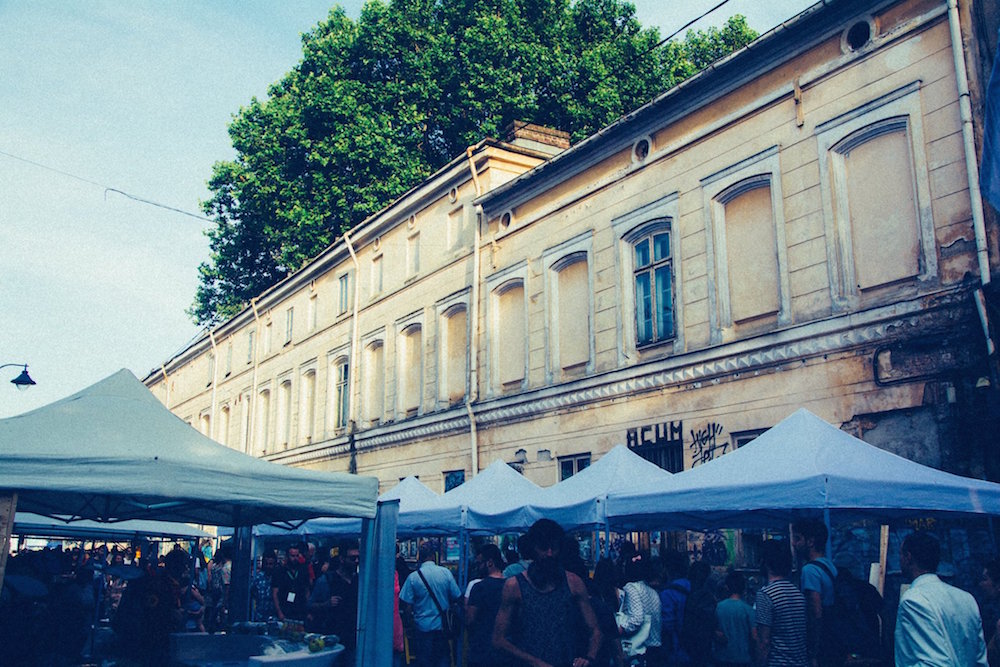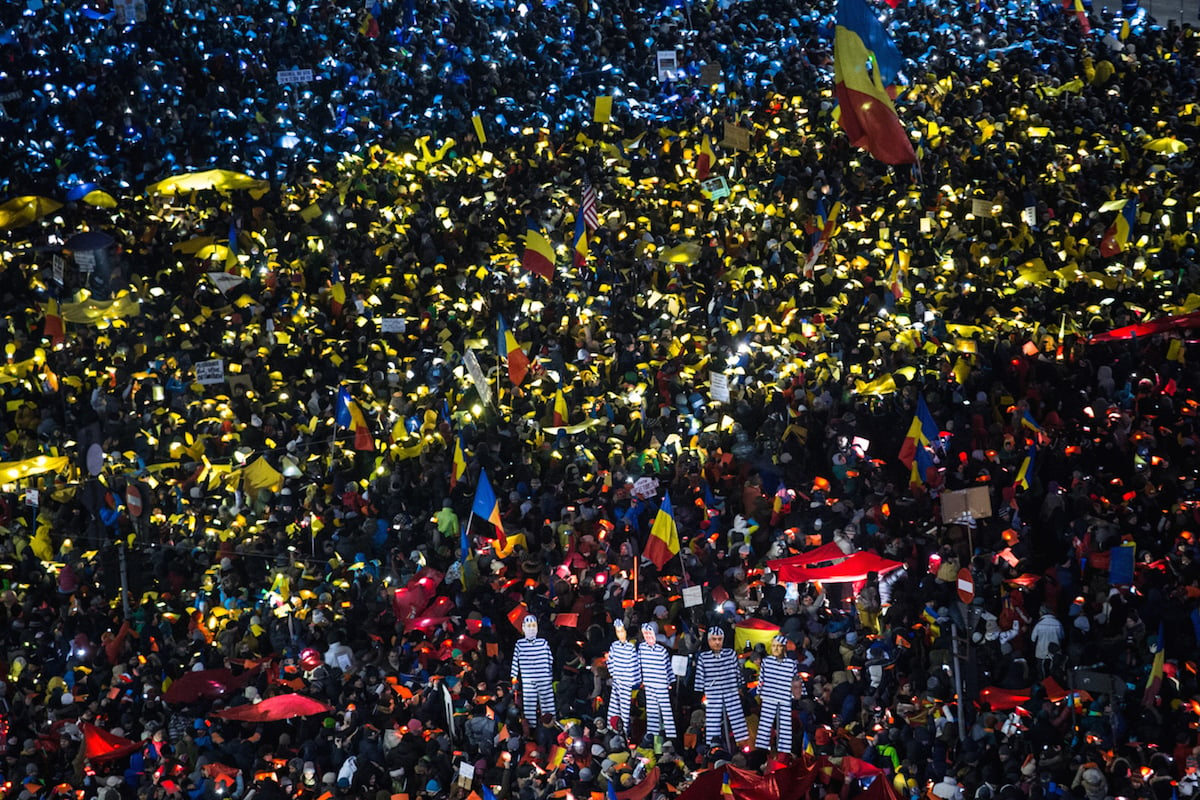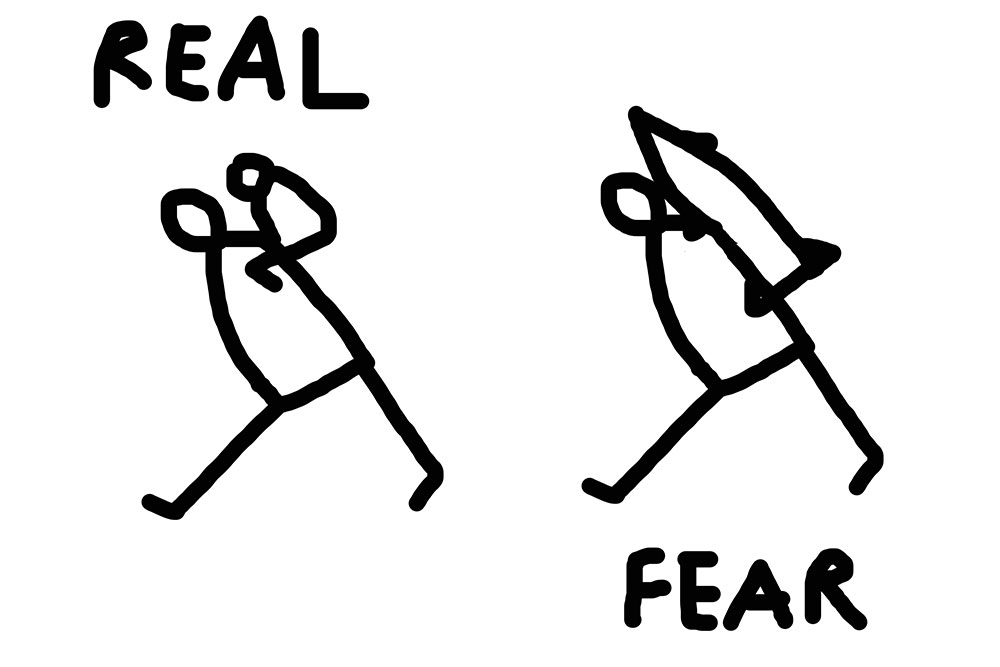Bucharest fights back: Romania’s protests have died down, but these citizens are still on the march
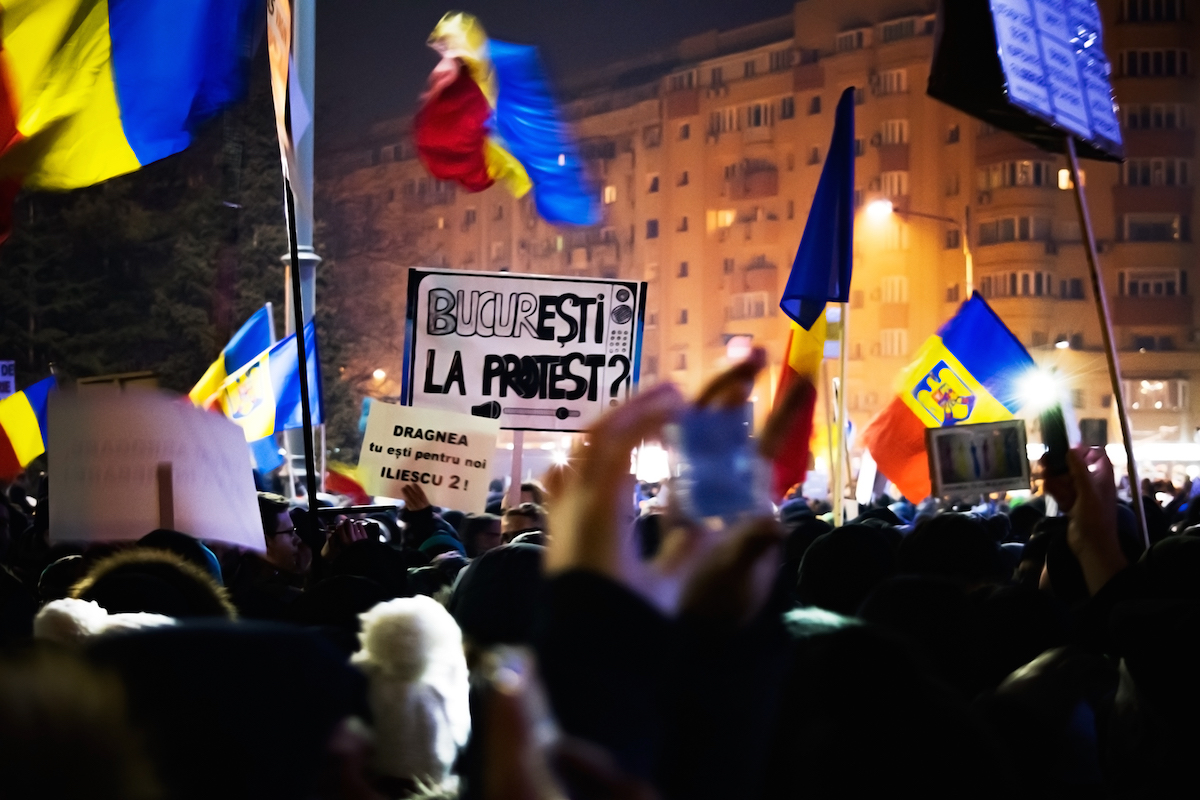
Romania was rocked in January and February by mass anti-corruption protests. In the aftermath, young journalists, politicians and creatives are determined to keep their combative spirit alive. Kit Macdonald reports
On Sunday 5 February, the anti-corruption protests that had been spreading throughout Romania for a fortnight reached an intensity that commanded the attention of the world. That night, between 250,000 and 300,000 people gathered outside the government headquarters on Bucharest’s Victory Square, in what was the largest popular demonstration of the post-Ceaușescu era in Romania. The trigger for the protests was a law passed by the newly elected Social Democratic Party (PSD) that would have effectively decriminalised corruption up to the value of €44,000 ($48,132), and would have let a huge number of PSD cronies, including its leader Liviu Dragnea, escape pending corruption charges. The party had been back in power for less than a month, with a non-partisan technocratic government having been appointed in November 2015 after Victor Ponta’s previous PSD administration fell following the tragic fire at Colectiv club in Bucharest, which claimed the lives of 64 people.
The technocratic government was generally popular among the engaged, outward-looking and deeply frustrated young people who filled Victory Square night after night for two freezing weeks this winter, and the swiftness and shamelessness of the bill enraged them. The 5 February protest was 10 times larger than the demonstrations which managed to topple Ponta, but even at their very height there was a feeling that the government knew that this time it could tough the situation out. That’s what happened, for now anyway, but the desire for positive change and the willingness to protest in Romania isn’t going anywhere – the only questions surround the ability to organise effectively against a firmly entrenched ruling elite.
A large percentage of the population still watch television, in particular older generations in rural areas and smaller towns, and two of the country’s most-watched networks, Romania TV and Antena 3, are notoriously untrustworthy. During the Victory Square mobilisation, a much smaller counter-protest gathered a couple of kilometres away outside Cotroceni Palace, the official residence of President Klaus Iohannis, a former Liberal and now-independent politician sympathetic to the protesters’ cause. Around 4,000 mostly older people turned up for a notably ill-tempered pro-PSD protest on 6 February, but the following day the turnout was much reduced by fearsomely low temperatures and heavy snowfall.
I was having dinner with some friends that night when another Romanian friend sent me a screenshot taken moments earlier from Romania TV. It showed the empty, snowbound grounds of Cotroceni Palace, with the breaking-news text underneath announcing that the liberal billionaire George Soros had deployed a weather machine in Bucharest to disrupt the counter-protest. I laughed uproariously at what I assumed was a sharp piece of Photoshop satire, but I was met with incredulity. “Of course it isn’t Photoshopped,” they patiently explained. “It’s real, they broadcast this kind of thing on a daily basis. Nobody realises how fucked up Romania is.” Many Romanians shy away from going on record about the people behind Romania TV and Antena 3, and in particular the former’s owner, Sebastian Ghita, a former PSD MP and IT tycoon who was arrested in Serbia recently after four months on the run from corruption charges in Romania. Serban Marinescu, a leading figure in the progressive, anti-graft Save Romania Union Party (USR) that entered parliament for the first time after the elections in December, is one exception.
The desire for positive change and the willingness to protest in Romania isn’t going anywhere – the only questions surround the ability to organise effectively against a firmly entrenched ruling elite
“Ghita is the icon of a young generation of corrupt businessmen,” Marinescu tells me. “Older generations stole communist-era factories, but this guy made all his money through crony capitalism by building faulty IT systems for the state. It’s interesting that when the PSD was forced to let him go he founded an extreme nationalist party in the style of Orbán, Le Pen and Putin, thinking that was the future of politics. He lost big [his United Romania Party won a princely 2.95 per cent of the vote nationwide; Ghita fled the country within days]. Even very conservative people knew he was a clown and a thief.”

Fighting against all this has become serious business for progressives in Romania in recent times, and the development of cultural and artistic initiatives has played a vital role in enabling it. Corina Șuteu has been a force for good in Romanian culture since the 1980s, both at home and, in various high-profile academic posts in western Europe and as director of the New York City office of the Romanian Cultural Institute, as an ambassador for the country abroad. Șuteu was the Culture Minister until December’s elections, and is now concentrating on the development of her Insula 42 project, a discussion space, talent-hub and art gallery which she runs from a large rented apartment on Strada Theodor Aman, a few blocks north-west of Bucharest’s Old Town.
Insula 42 and many other places like it in Bucharest – the independent journalism collective Casa Jurnulistului, for instance, and the creative workshop NOD Makerspace are doing a lot to foster an atmosphere of healthy thought, debate and creativity. Șuteu, meanwhile, points to the importance of protests in 2013 against the Roșia Montană gold-mining project, which succeeded in stopping what would have been an environmental catastrophe, and won the small Transylvanian town protected status as an historic site of national importance. “Nobody believed the protests over Roșia Montană were going to last so long or be so powerful,” Șuteu says. “That was when the ‘tipping point’ for protest in this country happened.”
Cristian Neagoe is the founder of Street Delivery, a movement that seeks to recalibrate the way Romanians think of their streets, which has grown to take in eight cities in Romania since its inception in 2006. “Street Delivery is like an offline social network,” Neagoe explains of the movement, which is inspired by the Reclaim The Streets events in London in the 1990s. “It removes cars from the street for a temporary period and replaces them with a creative, community-focused environment that mixes entertainment with projects about urban development, architecture and art. It’s a manifesto for a smarter, better, car-free city in which people come first.”
These protests were the first time that young people from the corporate world came together with artists and intellectuals and made a common statement
To Neagoe, the links between cultural initiatives such as his and the growing phenomenon of popular protest in Romania is direct and immutable. “I’m not sure if this is true everywhere, but in Romania when people go to a protest and don’t know anyone around them they feel inhibited and reluctant to make noise, and a protest without noise is useless. Street Delivery and other similarly minded events have helped with that by creating a kind of social cohesion – 50,000 people come to the event every year in Bucharest alone. They come together to use the street in a different way to usual – for fun, recreation, art and so on – and they come to recognise each other and know each other. That simple act gives the same people confidence to make themselves heard when it comes to protesting.”
In the time I’ve spent with a range of people intimately involved with the protests in Bucharest, I’ve never encountered anyone who has claimed to have a solid idea of what will happen in the future. Romania’s is an ageing population, as Neagoe points out, and huge swathes of the country are ultra-conservative pensioners virulently opposed to the kind of change the anti-corruption protesters were demanding. Neagoe ruefully describes himself as “realistic rather than pessimistic” about the future. Șuteu sees the primary virtue of February’s protests as having been “a sense of legitimate civil reaction. These protests were the first time that young people from the corporate world came together with artists and intellectuals and made a common statement.” She sees better organisation among the opposition as key from here, however: the emergence of leaders capable of harnessing “emotional tension” among the protesters.
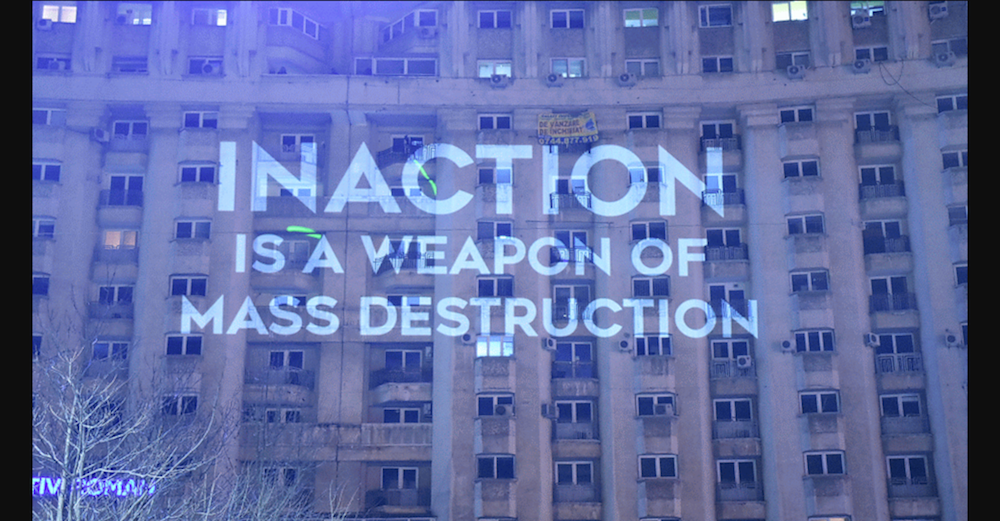
Marinescu – a busy man with a knack for summing things up in a few words – sees plenty of cause for optimism. “There’s a new mentality now, and a new generation being born,” he tells me. “People feel they have the power to change things and I think they will use it more and more. There’s no protesting in the streets right now, but people are still angry and everyone is still talking about politics. The spirit is still there.”
